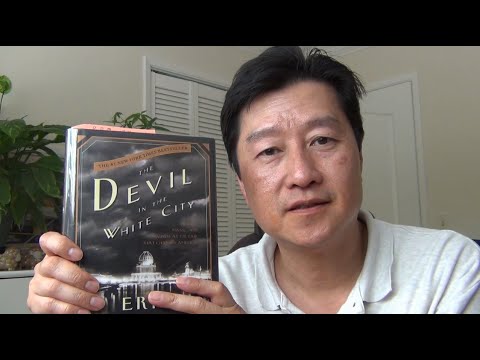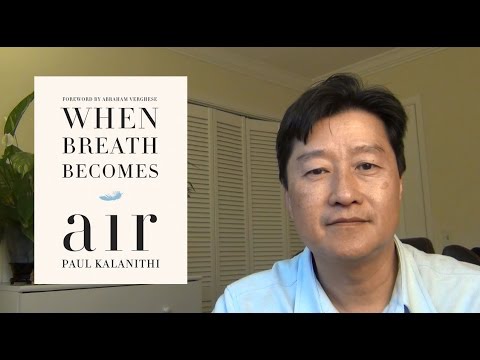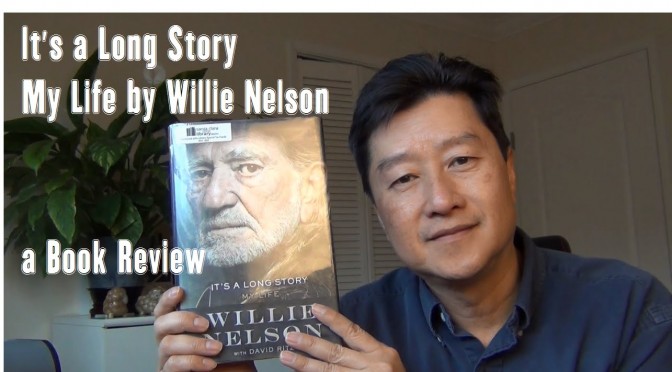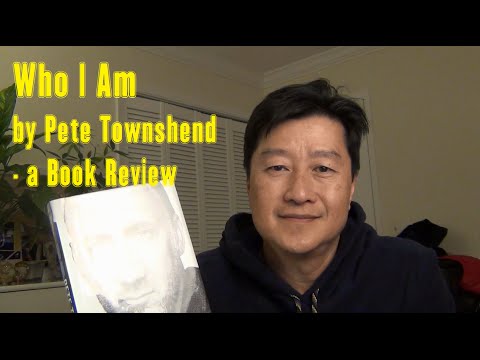Two characters in this wonderfully written book – The Devil in the White City” by Erik Larson. The first character is Henry H. Holmes, a physician, a good liar but mostly a cold-blooded psychopath murderer. The other character is Daniel Burnham, a master architect that orchestrated the building of the many beautiful architectural wonders in the World Faire in Chicago in 1893. The connection between the two characters are not strong other than they happened to live in close proximity in the same neighborhood during the fair.
It’s a great book for people curious how the World’s Columbian Exposition – its beginning and the end and the people, the architects, the politicians who made it happen. Of course, you get to know about the two main characters in the book: H. H. Holms and Daniel Burnham. Very well researched and written. Always enjoyed Erik Larson’s book.
10 things you need to know about Henry Holmes:
1. He was charming, handsome with beautiful set of blue eyes and seductive to innocent young women. He could come up with many impressive lies like his name (loyalty connection), wealth (mostly borrowed), position (doctor) and his caring and benign demeanor.
2. A master of turning the attack around (Aikido): When confronted with his fraud or lies, he responds in gentle and good counter lies that seem to make the accusers apologetic.
3. Leaves little evidence (by the old standard). He’s adept at destroying the evidence. Having a custom gas chamber/vault and a crematorium in the basement allowed him to murder and get rid of bodies without incurring too much notice from others.
4. Uses little force. Hi modus operandi is mostly through trapping the person in a chamber and inject an nerve gas (chloroform) to kill.
5. Takes advantage of the environmental factors: a. Lots of visitors going into and out of the World Faire – police officers were too busy to handle missing people case. b. Living in a era where cadavers are difficult to acquire and bodies can be easily stolen, articulated, and acquired without too much scrutiny.
6. He has help: Pitizel, who and whose children he eventually murdered and got convicted of the crime. Ironic.
7. Got braver and braver when uncaught with murder one after another.
8. Never admitted to any crime but eventually equating himself to a devil as he saw himself physically evolving into one.
9. Henry H. Holmes was finally executed by hanging in 1896, after murdering confirmed 9, confessed 27 and up to 200 estimated, started as early as 1888.
10. He is a devil. Even he thought so himself: “I was born with the devil in me. I could not help the fact that I was a murderer, no more than the poet can help the inspiration to sing — I was born with the ‘Evil One’ standing as my sponsor beside the bed where I was ushered into the world, and he has been with me since.”
– H. H. Holmes[29][30]
On Burnham, here are the 5 things you need to know about him:
1. He organized and successfully completed the entire World Faire of 1893 just with 2 short years despite his poor health. The team had to overcome significant setbacks like the poor soil quality, political influences to bias the designs, and etc.
2. He knows how to hire the best people for the job. Frederic Olmsted for the landscaping, and John Root, his partner to architect the entire ground. When Root died in the middle of construction, he had to pick up the chief architect work.
3. Burnham was indicted when one of the buildings caught fire. Ironically, the attendance picked up after the fire which seemed to draw onlookers.
4. Despite the artistic success of the World Faire Buildings, the financials were not so good. Burnham had to face many inquiries and restrictions toward the end of the expo as the World Faire didn’t make enough money to pay for itself.
5. Burnham fostered the early thinking of an eco-responsible architecture. He was concerns with waste of building materials.





